Despite much of the fishing media providing instructions and gear recommendations focused on catching big fish, those of us who enjoy eating what we catch should perhaps be focused on the smaller variety. Although big fish make for easier filleting and larger meals, the impact of these fish being removed from their populations, as well as the potential impact they have on people eating them, may make you reconsider culling those smaller fish from your livewell.
Better for the Population
The Role of Mature Females
While the hunters among us may be used to targeting older specimens due to their lowered libido and reduced chance of surviving the winter, cold-blooded fish have much different life cycles than land-dwelling mammals.
For starters, unlike humans and other mammals, fish never reach an age at which they can no longer spawn. In fact, fish only become more successful in their spawning as they get older, increasing egg size and production with every passing year.
In Walleye, for example, this growth in egg capacity often sees mature female fish lay up to 500,000 eggs, while younger females often lay less than 10,000. Of course, these eggs do not all hatch or survive to the fry stage, however, the large number of eggs produced by mature females drastically increases the chances of eggs being found by spawning males and, in turn, increases the percentage of survival amongst the hatch. When these mega spawners are removed from the populations, the future of the population gets left to smaller and more inexperienced females whose reproductive output is much lower.
The Role of Mature Males
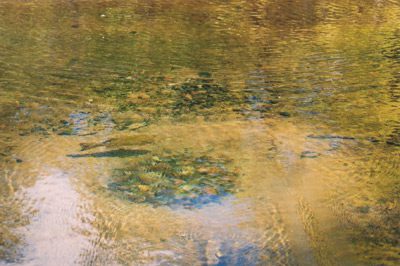
The females may be more important in the majority of game fish species, but, in Bass, the males play an equally significant role.
During the spawning season, male bass will both build and protect the nests in which the females lay their eggs, often foregoing eating in order to ensure the eggs live beyond their fry stage. As would be assumed, larger fish are much better suited for this task as hungry Pike and feisty Bluegill spend the entire season taking runs at nests in hopes of chasing off fry or stealing eggs. Although closed seasons and advisories against bed fishing help to reduce the amount of fish that are removed from their nests during this season, these regulations matter very little if the majority of mature and successful fish are in people’s freezers by the time the spawning season rolls around.
Better for You
Dieticians and health organizations may praise the health benefits of fish, however, the question of contaminants, such as mercury, always enters the discussion when talking about the amount of, and what kinds of fish, we should really be eating.
Due to a process called biomagnification, predator species tend to have much higher mercury levels than species lower on the food chain. This process begins with small fish consuming plants or other substances that contain mercury. These smaller species are then eaten by larger species, ingesting all the mercury the smaller fish accumulated. This process continues all the way up the food chain up to the largest, and most contaminated, predators that take in the toxins from the entire food chain below them.
Unfortunately for freshwater anglers, the species that we enjoy eating most are almost always at the top of this list, with Walleye, Pike, Bass, and Trout often having up to 10x higher mercury levels than the fish they feed upon.
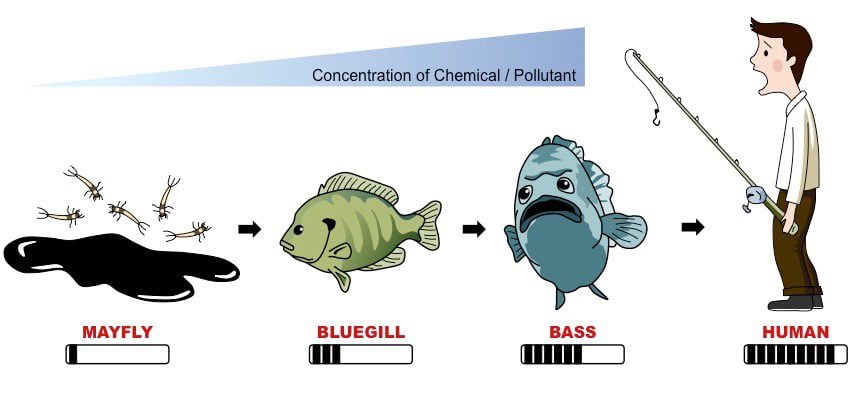
While this may sound like a ploy to scare you away from eating your favourite fish, these higher mercury levels are not necessarily cause for serious concern. Since these mercury levels rise as the predators consume other fish, age is a key factor in determining how much mercury a fish will contain and drastically influences how many of each fish is deemed safe to be consumed by humans.
A good example of this can be found in provincial fish consumption advisories that are put out for specific waterways. On the Bay of Quinte, for example, the area that I spend the majority of my time these days, the government of Ontario has laid out the number of fish meals that can be consumed per month based on the size of the fish you are keeping. As seen below, for Walleye of 16-18 inches, 16 meals per month is considered safe. For fish over 20 inches, on the other hand, this number drops down to just 2.

What Fish Should You Keep?
As for what fish are safest to eat, the consumption advisories speak for themselves and show that the larger the fish, the greater the contaminants. For Walleye, the species that are consumed most often, the size in which the contaminants become an issue is often around 20”.
In addition to the safety of the fish, the cutoff for consumption that is best for the population aligns rather well with that of the fish consumption advisories. Since females are the larger of the sexes in the majority of fish species, selective harvest based on size is a great way to ensure you’re keeping spawning-age females in the water.
In Walleye, the majority of fish over 20 inches are female, with the skew increasing exponentially with every inch the fish measures. The ratio also skews in the other direction when fish get smaller, giving any fish under 20 inches a high likelihood of being male.
For me personally, I tend not to keep any Walleye over 18 inches in fisheries that I rely on often. For Pike, I typically try to stick in the mid-20s, and for Bass I aim for no bigger than 15 inches. Obviously, as long as you are staying within your local slot sizes, the choice is yours as to what fish you decide to take home. However, considering the benefits of big fish to their populations and the potential health costs in keeping them, you might consider letting these big fish remain as photos and fishing stories and let them live to fight, and spawn, another day.
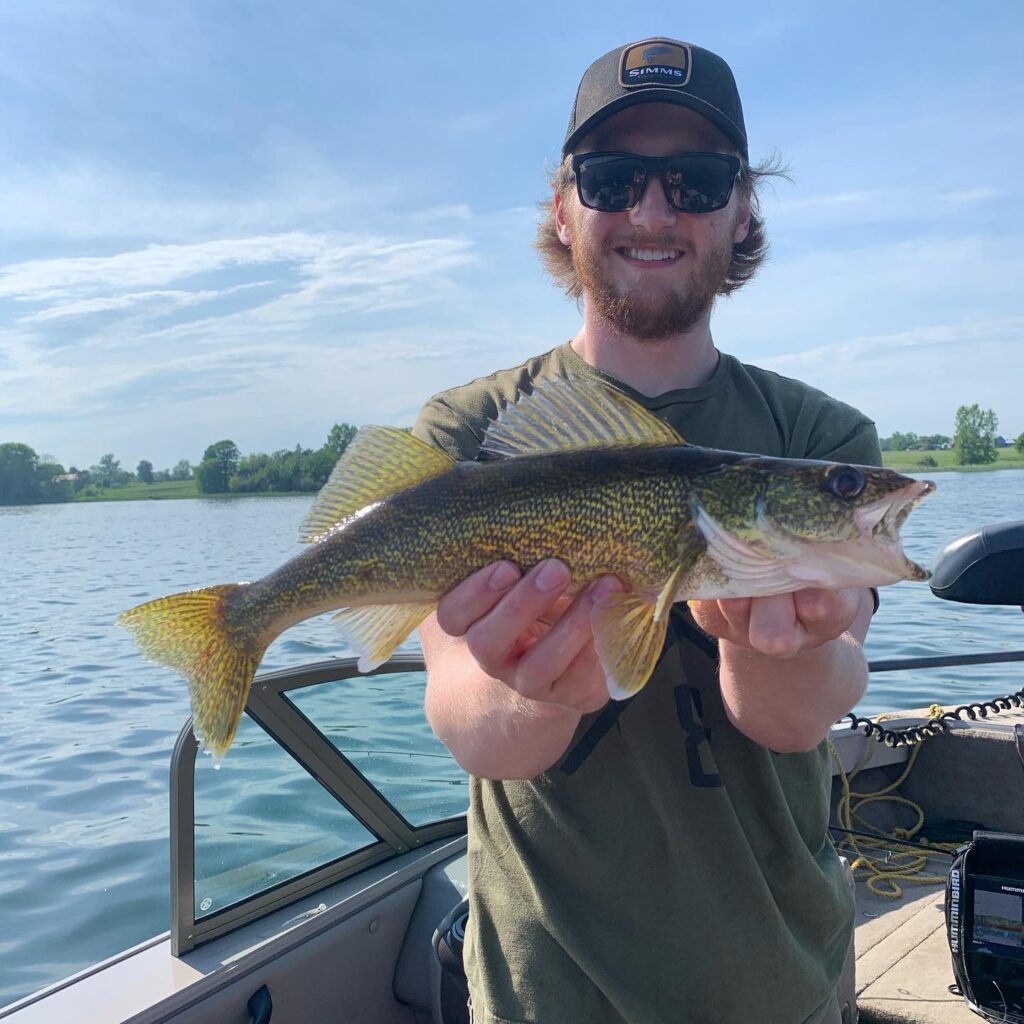





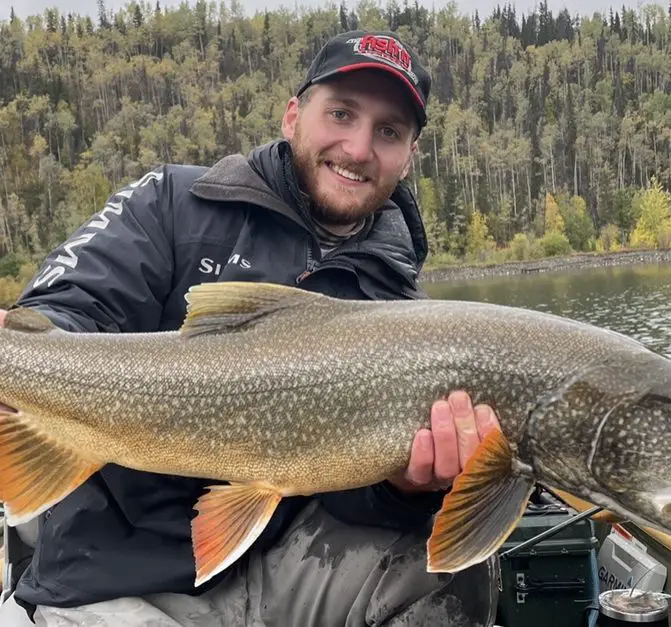
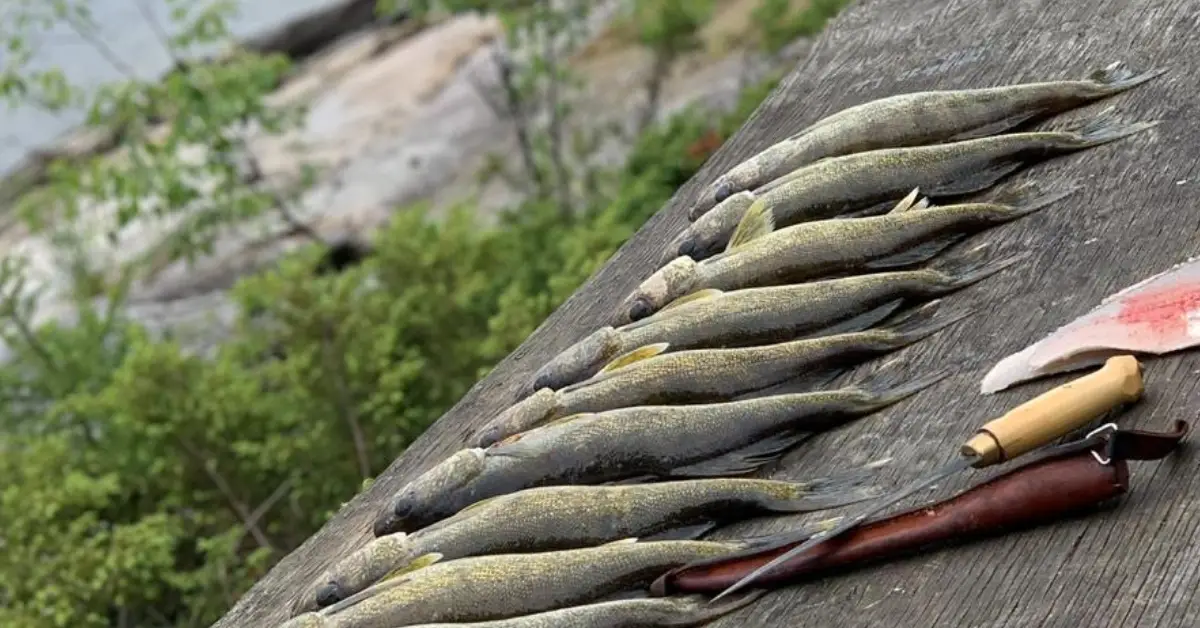
2 Responses
I too believe the bigger fish belong in the lake. I love the fight of a big fish. Weigh it, measure and take a pic and let it loose to keep the lake populated. Don’t usually even keep any Bass. Usually just pike.
Someone needs to teach Fish and Wildlife in Alberta this information. Alberta regs only allow keeping large fish, walleye over 50cm and Pike over 63cm. Very disappointing when the rest of the world is on board with the science in this post.